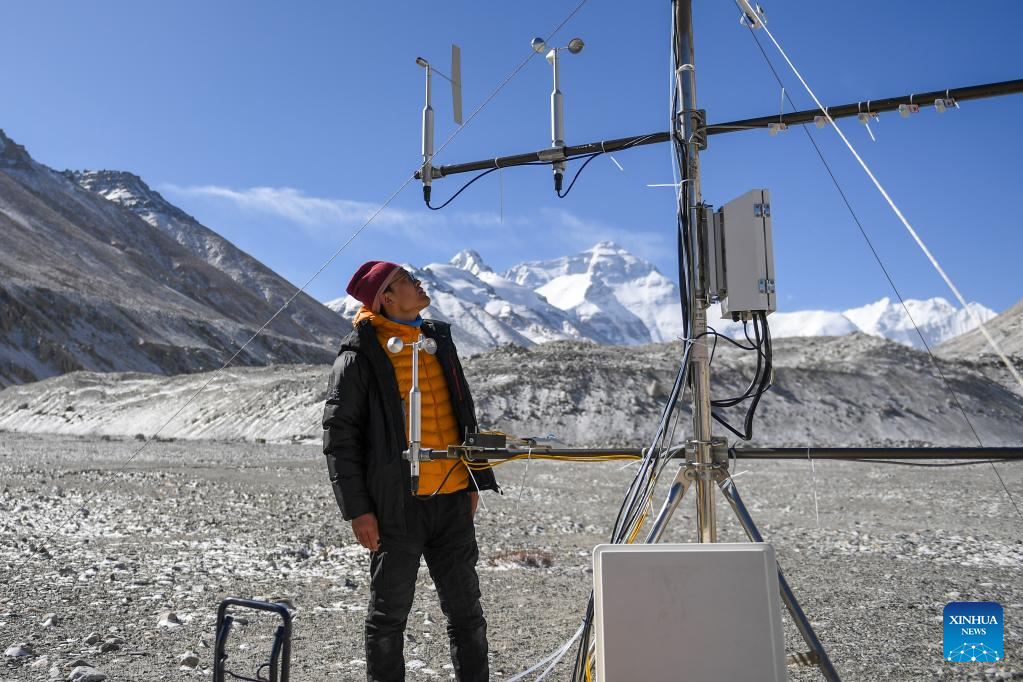
A scientific research member checks an Ozone flux unit at the Mount Qomolangma base camp on May 3, 2022. [Photo/Xinhua]
China has started a new comprehensive scientific expedition on Mount Qomolangma, the world's highest peak on the China-Nepal border. Weather factors such as temperature, wind speed and humidity will directly affect the completion of scientific research tasks and the safety of research personnel at high altitude. Therefore, a meteorological support team has been launched in safeguards of the scientific expedition.
The team is composed of staff members from the Institute of Tibetan Plateau Research under the Chinese Academy of Sciences, Chinese Academy of Meteorological Sciences, and the Meteorological Bureau of Tibet Autonomous Region, etc.
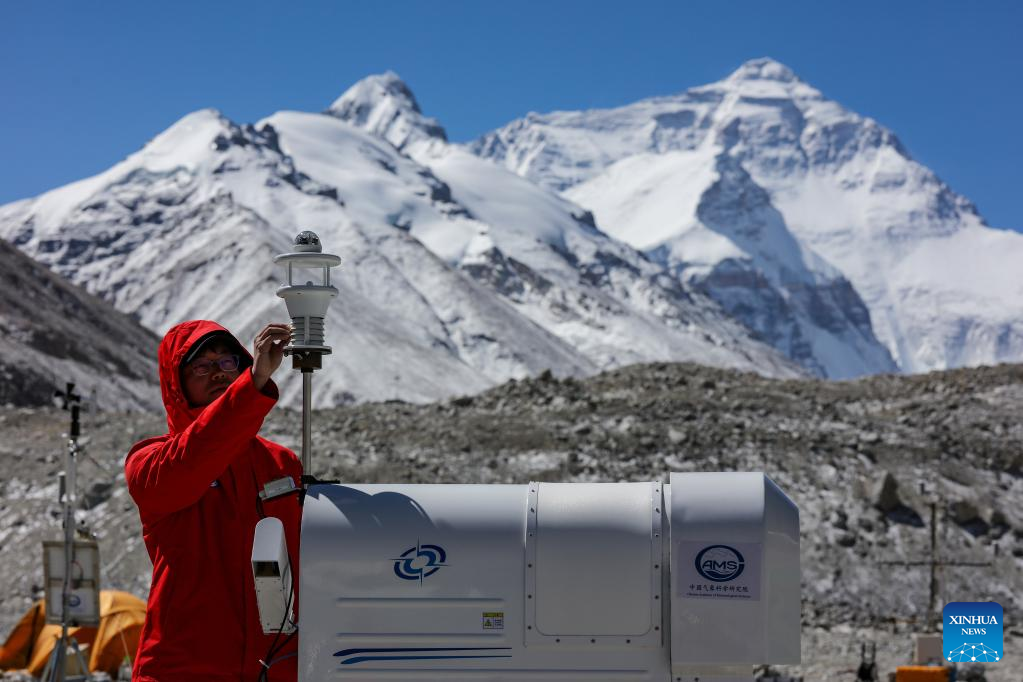
A scientific research member checks a microwave radiometer at the Mount Qomolangma base camp on May 3, 2022.[Photo/Xinhua]
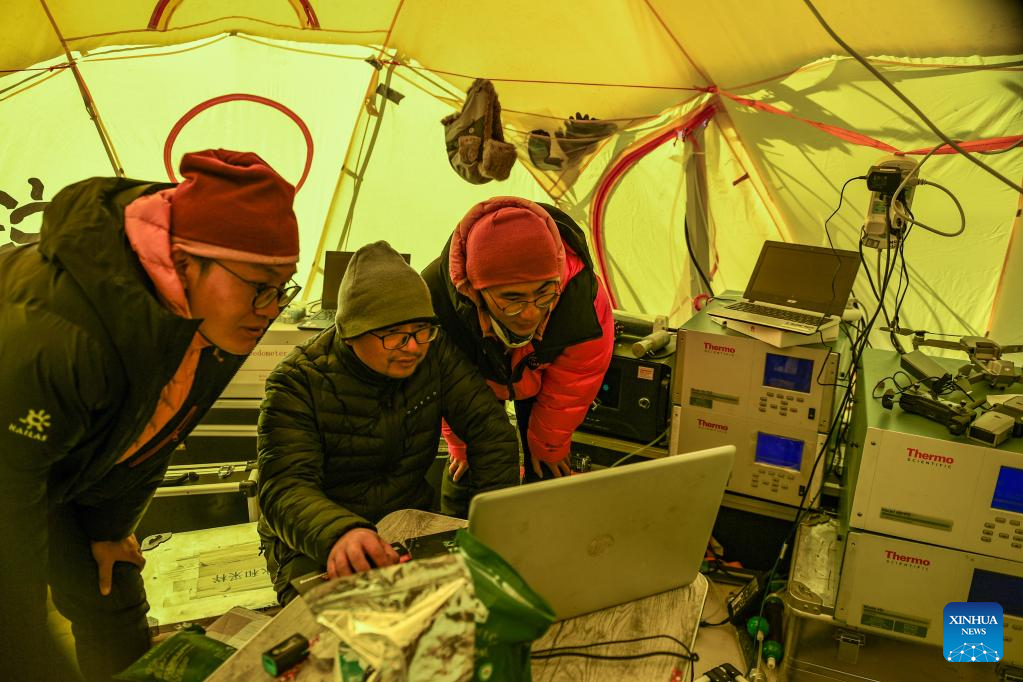
Scientific research members check atmospheric data at the Mount Qomolangma base camp on May 3, 2022.[Photo/Xinhua]
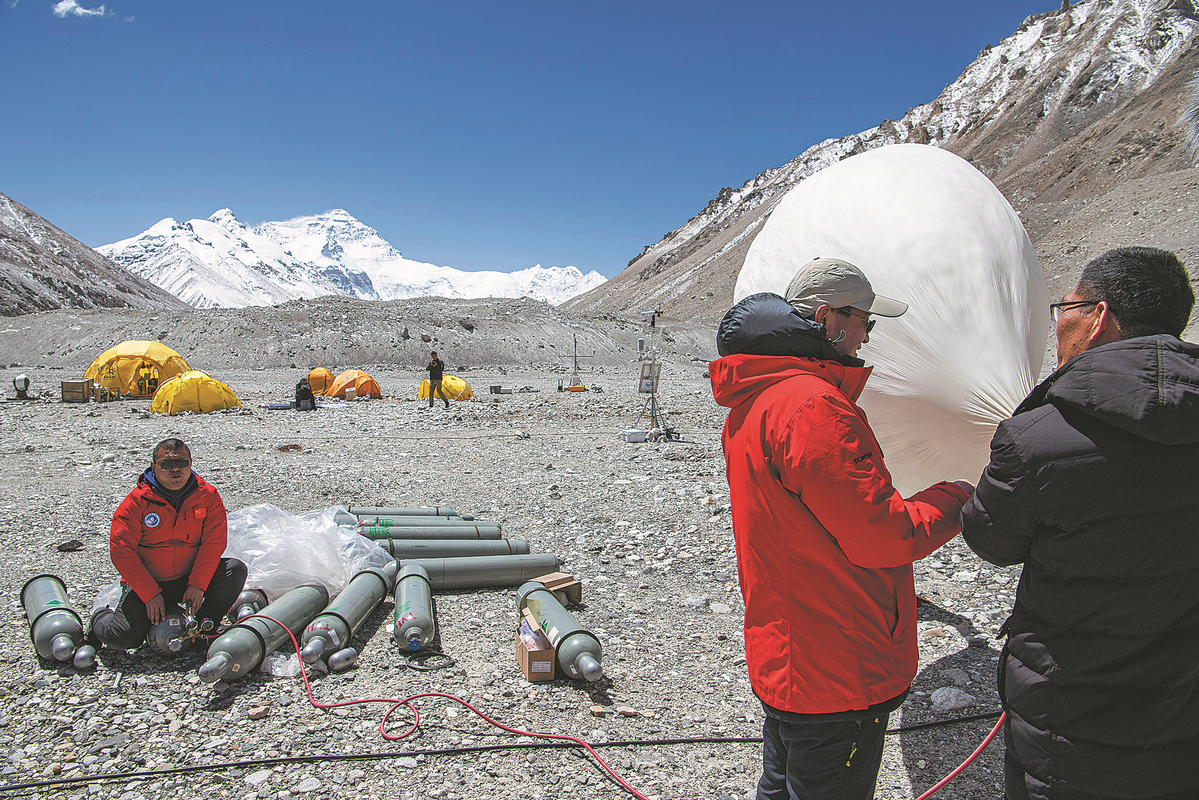
Scientific research members inflate a weather balloon at the Mount Qomolangma base camp on May 3, 2022.[Photo/Xinhua]
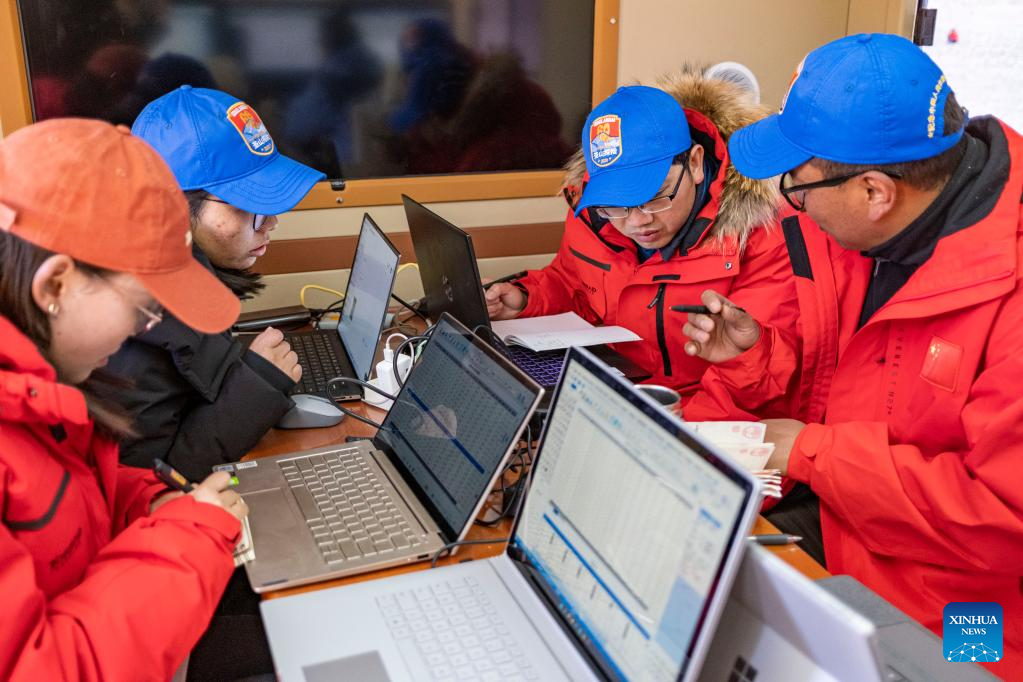
Staff members of the Meteorological Bureau of Tibet Autonomous Region exchange opinions on weather situation in a meteorological emergency support vehicle at the Mount Qomolangma base camp on May 3, 2022.[Photo/Xinhua]

Staff members of the Meteorological Bureau of Tibet Autonomous Region exchange opinions on weather situation in a meteorological emergency support vehicle at the Mount Qomolangma base camp on May 3, 2022.[Photo/Xinhua]
Link:http://www.chinadaily.com.cn/a/202205/04/WS6271c505a310fd2b29e5a830_6.html


